Free shipping on USA orders over $129!
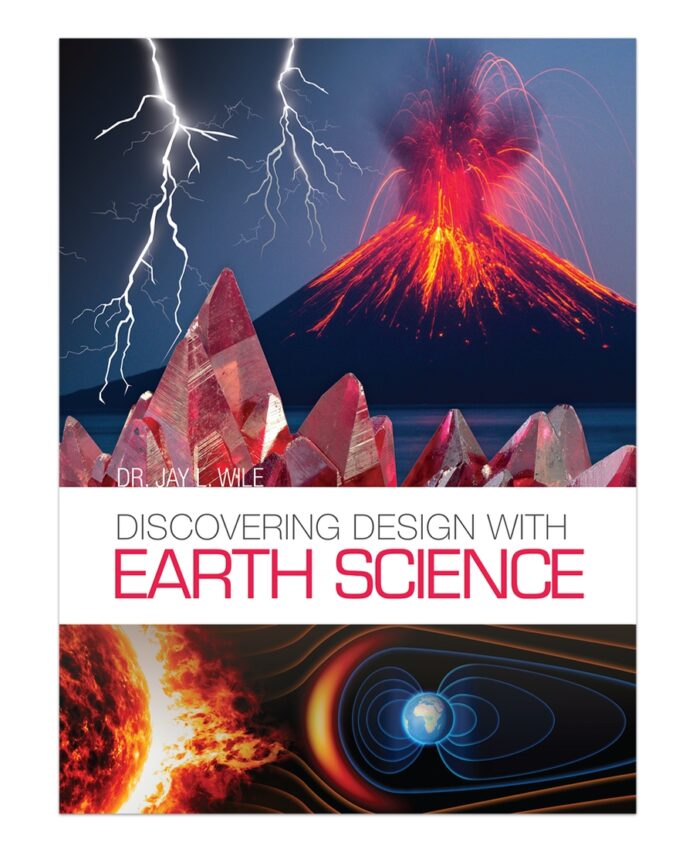

Discovering Design with Earth Science
$79.00
Our recommended science course for students in Grade 8. This conversational textbook by Dr. Jay Wile explores the fascinating world of Earth Science.
This bundle includes the Discovering Design with Earth Science student book and the Answer Key & Tests book.
See full description
Product Description
Discovering Design with Earth Science is our recommended science course for students in Grade 8. This conversational Earth Science textbook is written from a Biblical worldview. Interesting and approachable while still raising the bar to challenge your middle school student, Discovering Design with Earth Science brings middle school science to life as it prepares your student well for higher level science studies.
We schedule Discovering Design with Earth Science in our Individual Studies for Grade 8 lesson plans, along with math, language arts, Latin, and personal development lessons.
From the publisher
This laboratory-based earth science course covers the general properties of the earth’s geosphere, hydrosphere, and atmosphere. Students learn about all the sections of the geosphere (such as core, mantle, crust, etc.) and then they study each in more detail. When studying the earth’s crust, they learn about minerals, rocks, and the rock cycle. Plate tectonics is then covered, which leads to a discussion of seismic waves, earthquakes, and volcanoes. Students then learn about fossils and how both uniformitarians and catastrophists interpret those fossils as well as the sedimentary rocks in which they are found. A discussion that compares uniformitarianism and catastrophism follows, in which the strengths and weaknesses of each view are covered.
After that, the hydrosphere is discussed. Students first learn the properties of water such as polarity, the ability to hydrogen bond, and heat capacity. That leads to a discussion of the hydrologic cycle and residence time. Students then learn about the waves, currents, and tides in the ocean. They then move on to the ice reservoirs on the earth and then the freshwater reservoirs. Water in the air is the last part of the hydrosphere that is covered. The atmosphere is then discussed, including the composition of air, the sections of the atmosphere, temperature gradients, and pollutants. This leads to a discussion of weather. The course ends with two chapters on space, one that covers the solar system and one that covers the universe as a whole.
There are roughly 55 hours of laboratory instruction in the course. Students do very detailed experiments related to the geosphere. These include mineral tests, rock analyses, fossil studies, density investigations, and magnetic property explorations. Students also get hands-on experience with waves, gases, wind, water purification, cloud formation, the Coriolis effect, precipitation, and acid/base interactions.
Additional Information
| Weight | 5.25 lbs |
|---|---|
| Dimensions | 8.75 × 11.25 × 1.75 in |
| Author | |
| Binding | Hardcover |
| Charter-Friendly | |
| Grade | Grade 8 |
If you have a question, contact us and we will be happy to help.
You may also like…

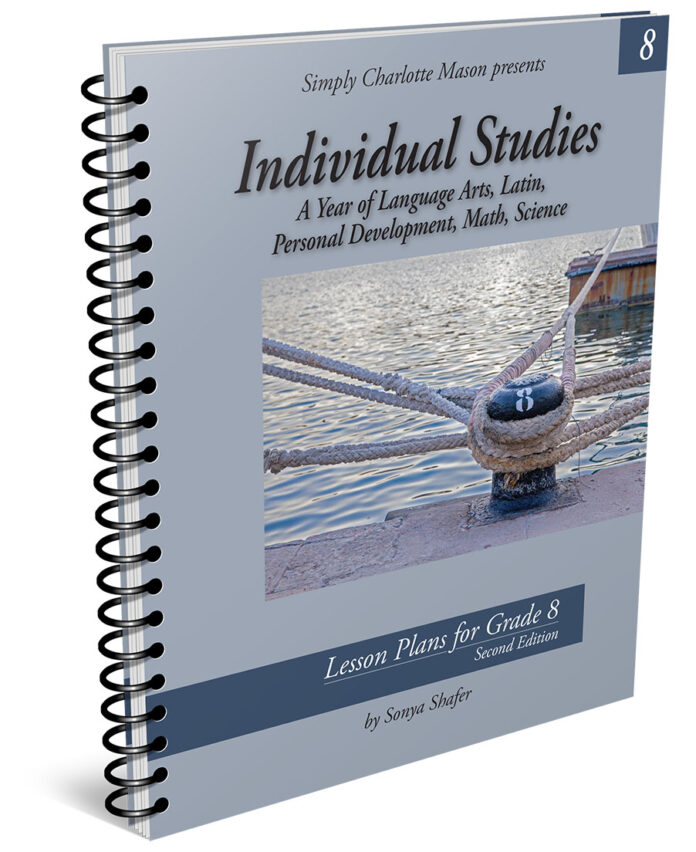
Individual Studies for Grade 8
$13.95 – $19.95
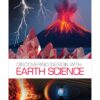

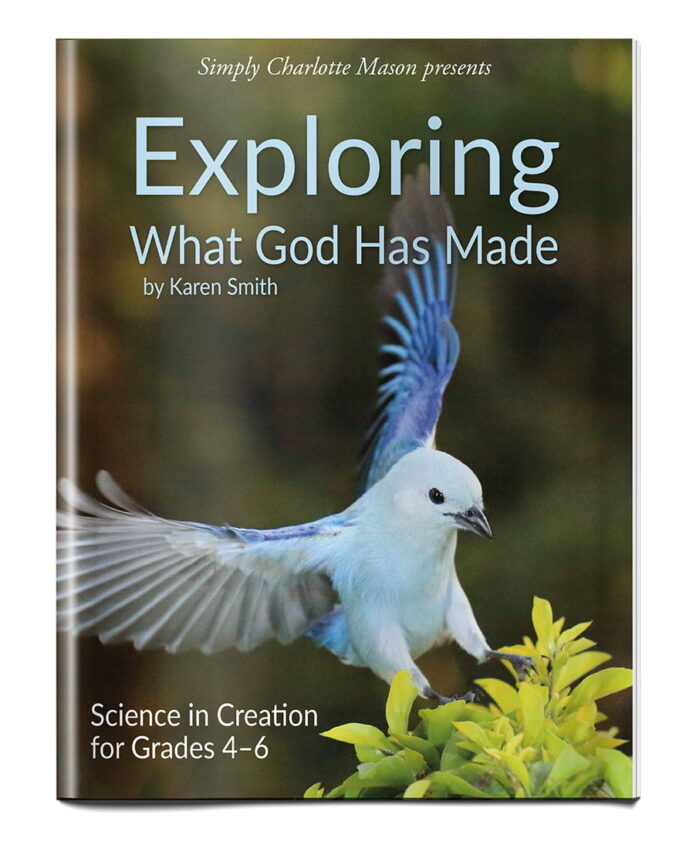

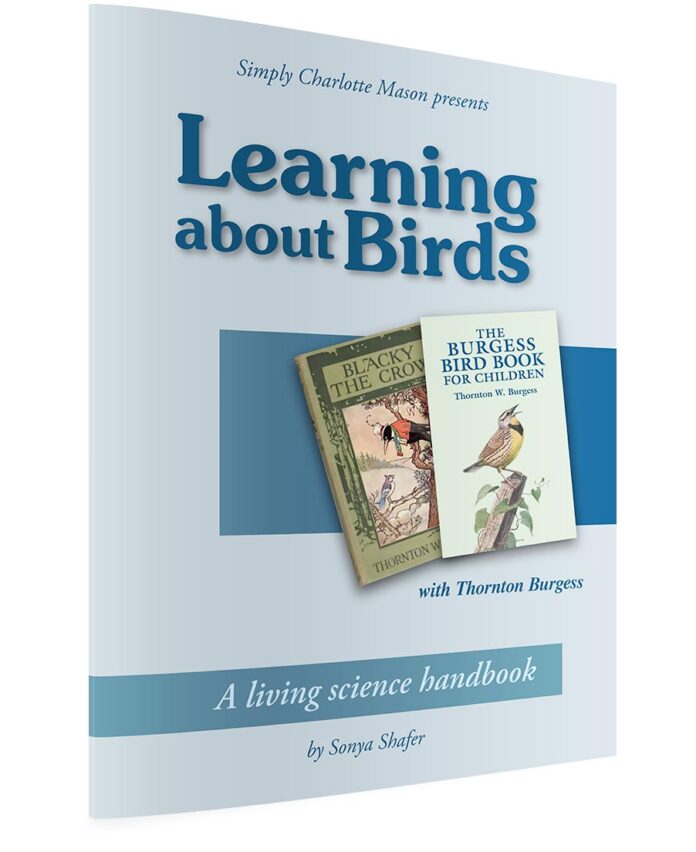
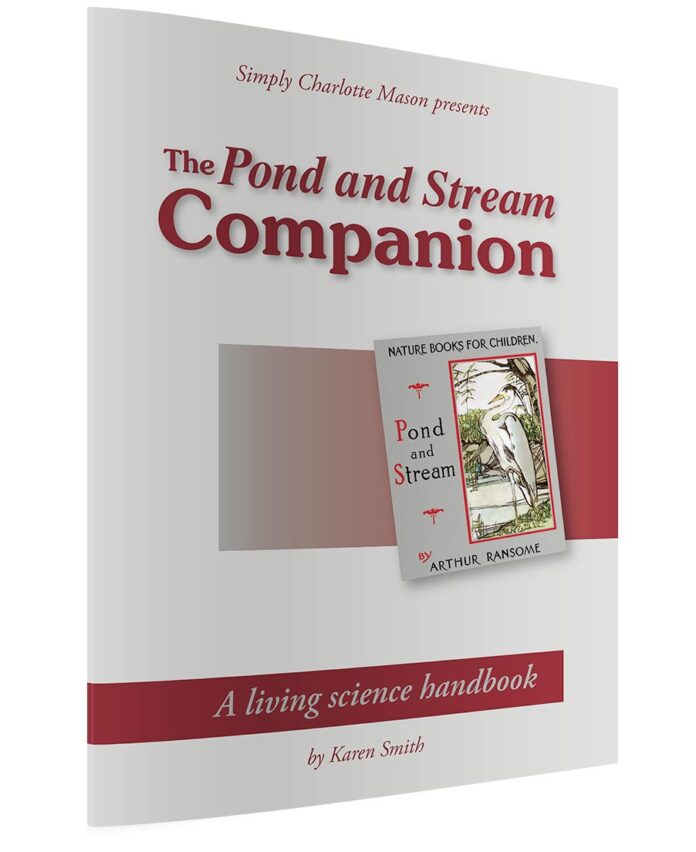
Reviews
There are no reviews yet.